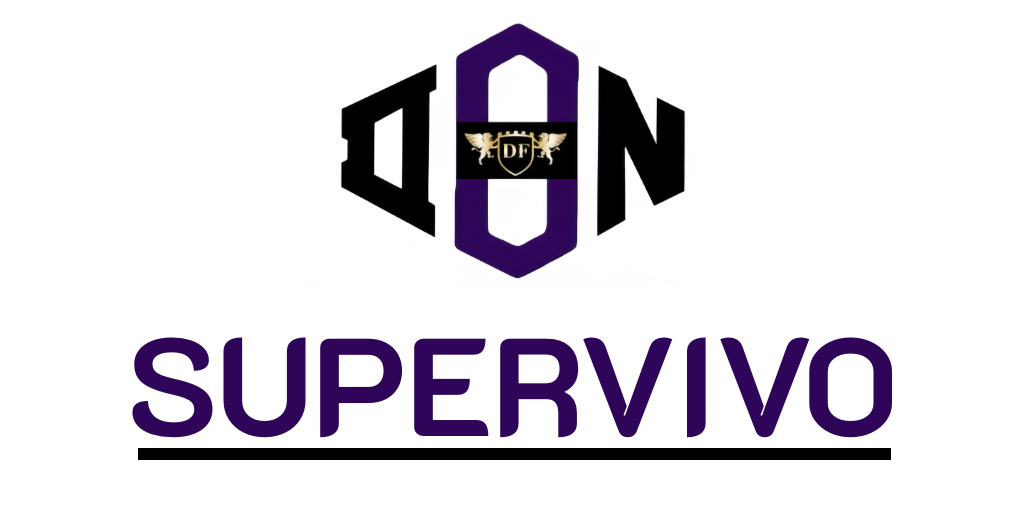The role of a tech lead is vital in today’s rapidly changing tech industry. By combining technical prowess with strong leadership qualities, a tech lead acts as a vital link between the engineering team and upper management. Understanding what a tech lead does highlights the significance of their duties in ensuring project success and nurturing team dynamics. From overseeing the technical aspects of projects to mentoring colleagues, a tech lead job description embodies a blend of skills that drive collaboration and innovation. For both aspiring professionals and organisations, recognising the contributions of a tech lead is essential for fostering an environment that aligns with business objectives.
Understanding the Role of a Tech Lead
A tech lead embodies a crucial position within the tech landscape, blending technical expertise with leadership qualities. This role is multifaceted, encompassing various responsibilities that drive a project and its team towards success.
Definition of a Tech Lead
A tech lead is typically characterised as a senior developer who assumes additional duties that extend beyond coding. This role involves guiding the technical direction of projects, making pivotal architectural decisions, and maintaining quality standards. The tech lead ensures that the team’s efforts align with the overall objectives of the organisation while fostering an environment conducive to growth and collaboration.
Importance in Tech Teams
The significance of a tech lead in tech teams should not be underestimated. These professionals play a vital role in synchronising the team’s work with the company’s strategic vision. By embodying strong leadership, they help cultivate positive team dynamics, which is essential for maximising productivity and sustaining high morale. Understanding the balance between tech lead responsibilities and the collaborative nature of the team is key to achieving remarkable outcomes.

What Does A Tech Lead Do
A tech lead plays a pivotal role in guiding teams towards successful project outcomes. The duties of a tech lead encompass various aspects of technical and managerial oversight, ensuring that projects align with the overall technical vision while efficiently utilising resources.
Key Responsibilities
Among the core tech lead responsibilities and skills, overseeing the technical implementation of projects stands out. A tech lead conducts code reviews, ensuring that best practices are followed and that the team’s code meets quality standards. They also manage resource allocation, balancing workloads and skills among team members to meet project deadlines effectively.
Daily Tasks and Challenges
Daily tasks involve leading stand-up meetings, where team members discuss progress and hurdles. Collaboration with cross-functional teams is crucial, facilitating effective communication and support across departments. Challenges often arise, requiring a tech lead to balance technical development with team dynamics. Staying updated on technological advancements and industry trends is essential, as this knowledge influences informed decision-making and planning.
Core Skills Required for a Tech Lead
To excel as a tech lead, a diverse set of core skills is vital. Mastery of technical proficiency, leadership, and problem-solving enables a tech lead to guide their team effectively. Each skill contributes to their ability to navigate complex challenges and foster a productive and collaborative environment.
Technical Proficiency
Technical proficiency stands as a cornerstone of essential tech lead skills. An in-depth understanding of programming languages, frameworks, and architectural patterns equips a tech lead to support their team with confidence. Providing strategic direction based on this knowledge reinforces a tech lead’s authority and enhances team performance.
Leadership and Communication Skills
Leadership and communication skills play a pivotal role in a tech lead’s success. The ability to articulate technical concepts clearly to non-technical stakeholders fosters a shared understanding among team members. Encouraging open communication within the team cultivates an atmosphere where ideas and feedback can flourish, enhancing collaboration and motivation.
Problem-Solving Abilities
Problem-solving abilities are among the most critical tech lead skills. Frequently, a tech lead encounters intricate issues that necessitate creative and innovative solutions. Applying analytical thinking to these challenges not only helps resolve conflicts but also inspires the team to adopt a similar mindset when tackling their own dilemmas.
Typical Tech Lead Responsibilities
The role of a tech lead encompasses a variety of responsibilities that are crucial for the success of a project. These tech lead responsibilities predominantly revolve around effective project management and providing mentorship to team members. Understanding these functions can greatly enhance the overall productivity and cohesion of a tech team.
Project Management
One of the primary tech lead responsibilities includes overseeing project management tasks. This involves defining the project scope, setting timelines, and outlining key deliverables. The tech lead often collaborates with product managers and other stakeholders to ensure that everyone remains aligned on project goals. Effective communication channels help maintain clarity, fostering a smooth workflow throughout the project lifecycle.
Mentorship and Team Guidance
Mentorship is a cornerstone of the tech lead responsibilities. Tech leads invest time in guiding junior developers, assisting them in skill development while navigating various technical challenges. This role extends beyond mere oversight; it involves fostering professional growth by creating a collaborative environment. Encouraging team members to share ideas not only enhances the project but solidifies a sense of community within the team.
Qualities of an Effective Tech Lead
To thrive in the dynamic tech landscape, effective tech leads embody a range of essential qualities. These attributes not only define their leadership style but also play a critical role in the success of their teams and projects. Among these qualities, adaptability and flexibility stand out as foundational characteristics.
Adaptability and Flexibility
The ability to adapt to shifting project requirements and evolving technology is pivotal for a tech lead. Rapid advancements and unpredictable challenges necessitate a leader who can pivot strategies, ensuring the team remains on course while embracing necessary changes. This quality enables tech leads to foster a resilient team atmosphere, motivating members to embrace innovation.
Vision and Strategic Thinking
An effective tech lead possesses a clear vision and strategic thinking. This foresight allows them to anticipate future challenges and opportunities that might influence their projects. Such strategic insight aids in aligning the team’s efforts with the organisation’s long-term objectives, ultimately enhancing productivity and workplace satisfaction. Cultivating these qualities of a tech lead empowers them to guide their teams through complexities, ensuring consistent progress and success.
Tech Lead vs Team Lead: Key Differences
Understanding the distinctions between a tech lead and a team lead is crucial for both professionals and organisations aiming to optimise their workflows. A tech lead primarily focuses on overseeing the technical dimensions of projects, directing the engineering efforts and ensuring high-quality outputs. Their responsibilities are deeply rooted in technology, and they often act as the critical point of reference when it comes to coding practices, system architecture, and technical innovations.
On the other hand, the role of a team lead extends beyond the technical realm, incorporating broader management responsibilities, such as performance evaluation, team dynamics, and conflict resolution. While both roles can overlap in certain tasks — especially in agile environments where collaboration is essential — their core functions vary significantly. The distinction between tech lead vs team lead is not merely semantic; it shapes how teams operate, influencing everything from project success to team morale.
Clarity in these roles can enable organisations to harness both technical insight and effective team management, ensuring that all aspects of project execution are catered for. By defining the tech lead vs team lead roles distinctly, teams can function more efficiently, fostering an environment where both technical and managerial needs are met with precision.









